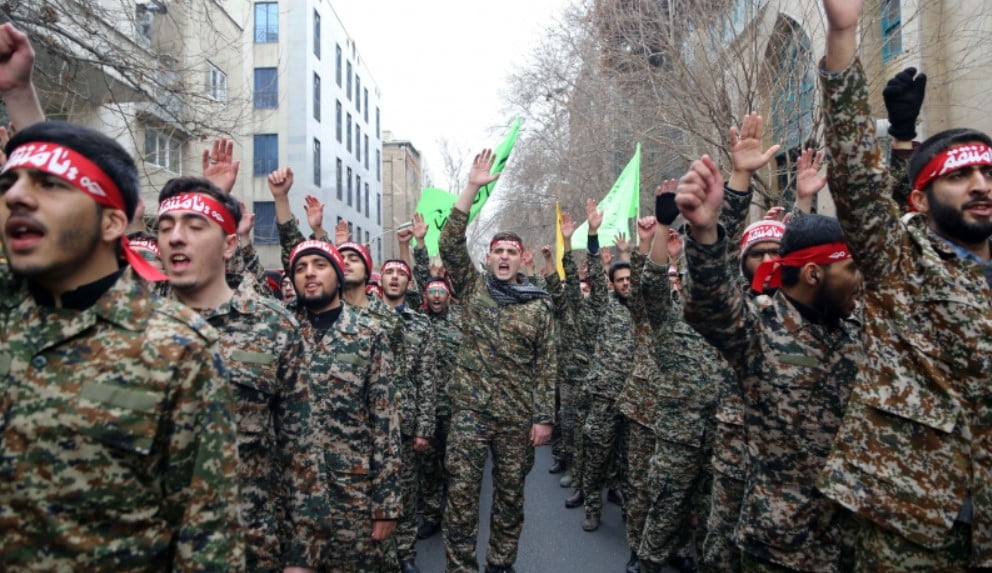Usually, the IRIB media is held in high regard in the modern world, considered the indicator of democracy and the freedom of speech in a country.
In most countries where democracy is established, the freedom and independence of the media play an important role in guiding and managing public opinion, especially the improvement of the thinking of future generations.
However, in Iran under the rule of the Iranian regime with reactionary thoughts, things are very different, and like in any other dictatorship the media is used as the regime’s propaganda apparatus.
It should be noted that the IRIB’s main duty is protecting the regime, in some cases even more than any other institution, in balance with the regime’s Revolutionary Force (IRGC).
Under the regime’s current constitution, this organization is one of the subsets of the regime’s leadership, the Velayat-e Faqih, parallel to other major organizations and mouthpieces of the regime like Kayhan and the IRGC.
This has made the regime’s media unrivaled, leaving no space for independent media to have the chance to grow.
Another main constant duty of IRIB is the concept of the sodoure enqelab (the export of revolution), which is one of the main clauses of the regime’s constitution.
The regime started its Arabic Service following its establishment in 1980. These days, the IRIB world service runs fourteen satellite TV channels, three internet TV channels, and thirty-two radio stations, of which several are broadcasting in Arabic.
When it comes to international security and peace, the Iranian regime’s propaganda machine is a serious security threat, while its Arabic-language media, encompasses more than two hundred entities. Domestically, however, the regime’s media is facing a dramatic decline in audiences.
On July 17, the state-run Khorasan daily published an article highlighting some miserable statistics about the decline in the IRIB’s audiences, which is proof of the people’s ongoing hatred of the regime.

